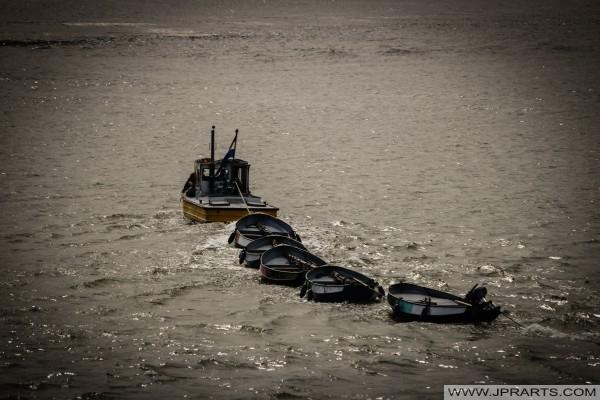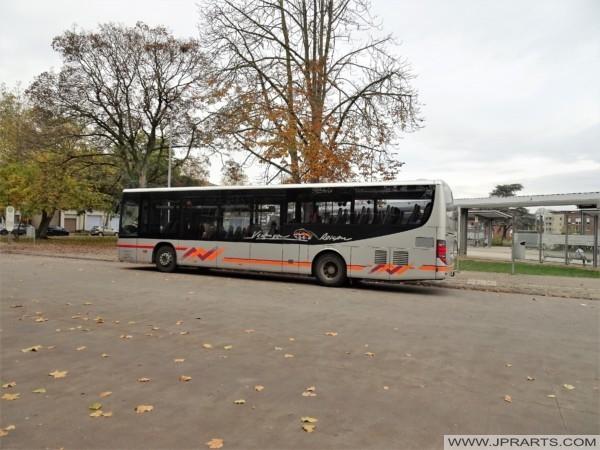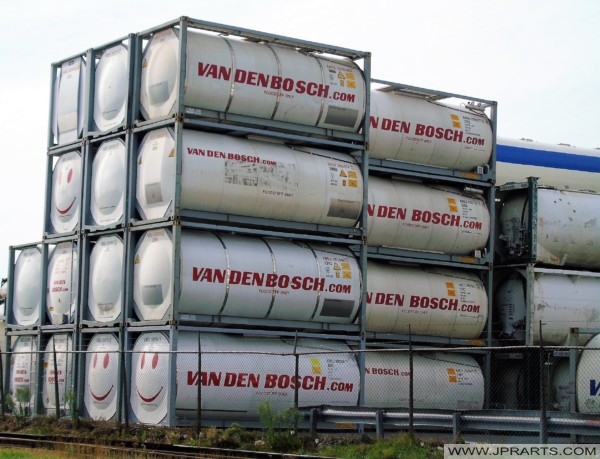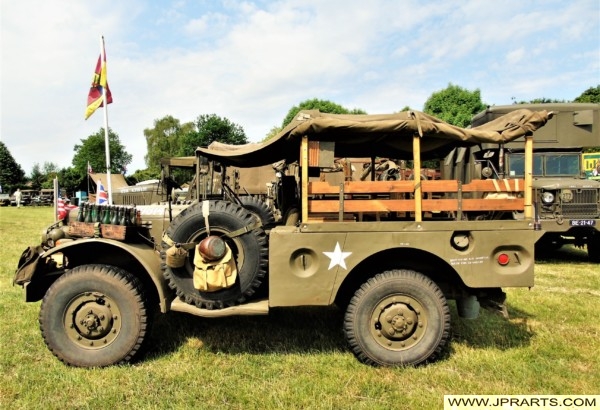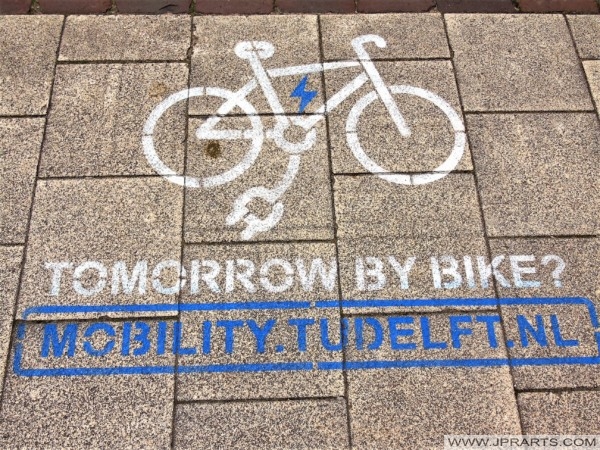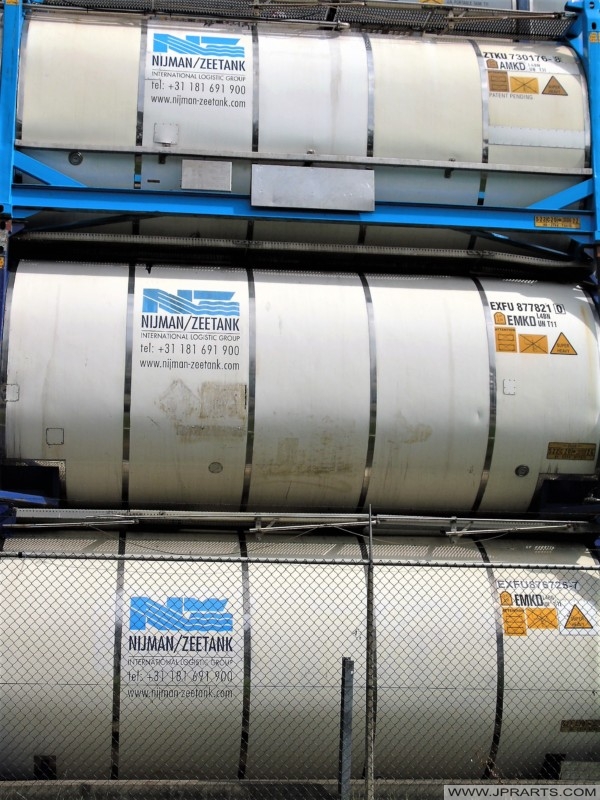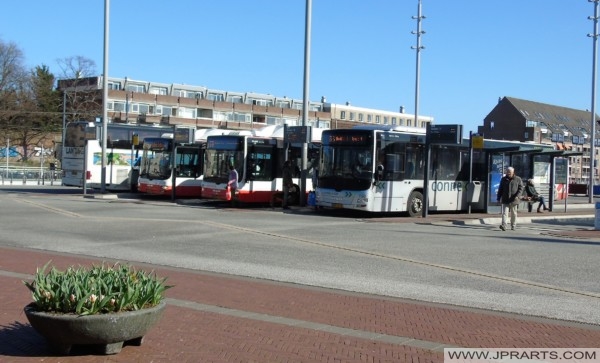Rail transport is a means of transferring of passengers and goods on wheeled vehicles running on rails, also known as tracks. It is also commonly referred to as train transport. In contrast to road transport, where vehicles run on a prepared flat surface, rail vehicles (rolling stock) are directionally guided by the tracks on which they run. Tracks usually consist of steel rails, installed on ties (sleepers) and ballast, on which the rolling stock, usually fitted with metal wheels, moves. Other variations are also possible, such as slab track, where the rails are fastened to a concrete foundation resting on a prepared subsurface.
Rail Transport
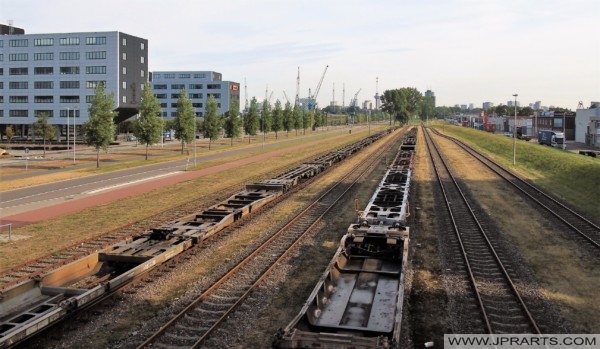
Order Digital Image 13.024 on A4 scale
Eisenbahntransport
Tracks usually consist of steel rails, installed on ties (sleepers) and ballast, on which the rolling stock, usually fitted with metal wheels, moves. Other variations are also possible, such as slab track, where the rails are fastened to a concrete foundation resting on a prepared subsurface.
Transporte Ferroviario
铁路运输照片和视频
The operation is carried out by a railway company, providing transport between train stations or freight customer facilities. Power is provided by locomotives which either draw electric power from a railway electrification system or produce their own power, usually by diesel engines. Most tracks are accompanied by a signalling system. Railways are a safe land transport system when compared to other forms of transport. Railway transport is capable of high levels of passenger and cargo utilization and energy efficiency, but is often less flexible and more capital-intensive than road transport, when lower traffic levels are considered.
صور نقل السكك الحديدية ومقاطع الفيديو
रेलवे परिवहन तस्वीरें और वीडियो
Transport Ferroviaire
The oldest known, man/animal-hauled railways date back to the 6th century BC in Corinth, Greece. Rail transport then commenced in mid 16th century in Germany in the form of horse-powered funiculars and wagonways. Modern rail transport commenced with the British development of the steam locomotives in the early 19th century. Built by George Stephenson and his son Robert’s company Robert Stephenson and Company, the Locomotion No. 1 is the first steam locomotive to carry passengers on a public rail line, the Stockton and Darlington Railway in 1825. George Stephenson also built the first public inter-city railway line in the world to use only the steam locomotives all the time, the Liverpool and Manchester Railway which opened in 1830. With steam engines, one could construct mainline railways, which were a key component of the Industrial Revolution.
Железнодорожный транспорт
鉄道輸送写真とビデオ
Demiryolu Taşımacılığı
Visit the Cheap Webshop for Blu-rays, Books and DVDs


